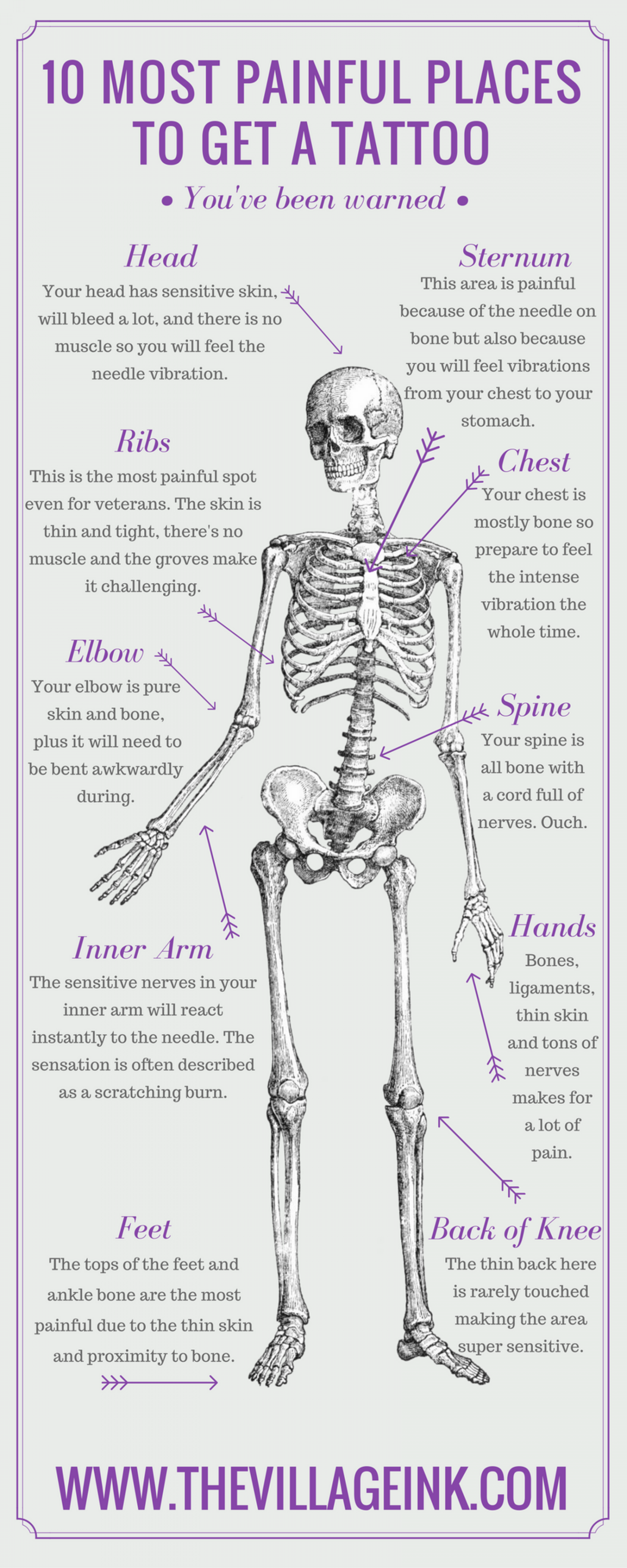Category: Infographics
Everyday Exercise
Staying fit can be difficult at the start of the year. Cold, wet weather combined with dark evenings and the ‘come down’ from Christmas and New Year festivities can all make getting to the gym seem unattainable.
But all is not lost, everyday activities around the home can have huge physical benefits and support mental well being too. In fact, researchers at Oregon State University found that 300 minutes of household chores and other light-intensity exercise may be nearly as effective as moderate or vigorous exercise for older adults.
Activities such as hoovering, tidying and changing sheets all exert energy and are great all-round exercises for improving strength and flexibility and can be of great help in reducing the risk of high blood pressure, heart disease, diabetes, obesity and other medical conditions.
AXA PPP healthcare has released the following infographic outlining just how beneficial everyday activities can be on the body, to celebrate a new year of living life well.
Combat Vehicles Of The U.S. Military
Pop Chart Lab has created this nifty print, presented here as an infographic, of every U.S. military combat vehicle currently in service. Want a copy for your office? Click here.
State To Country Gun Ownership Comparison
This map shows how all 50 States rank on gun ownership compared to nations around the world.
The Second Amendment of the United States Constitution states: “A well regulated Militia, being necessary to the security of a free State, the right of the people to keep and bear Arms, shall not be infringed.”
While it’s under constant debate whether having a passel of pistol-packing people is a help or hindrance to the security of our free State in 2015, there’s still a desire to make sure we’re protected should any need arise.
So, where do we stand in the “right to bear arms” discussion? Well, truth be told, we here at the Movoto Real Estate Blog would rather play with numbers and offer everyone an interesting perspective of the issue.
That said, what, we asked, would it look like if we compared gun ownership in our 50 states with gun ownership in other countries? You can see our answer above, and read about how we arrived at it below.
Methodology: What Triggered Our Conclusions
We started with a research group in Switzerland called Small Arms Survey and its report “Small Arms Survey 2007: Guns and the City.” Among other things, it estimated gun-ownership numbers for 178 countries, including the United States (which it estimates has about 270 million guns).
We then took the estimate of 88.8 guns per 100 people for the U.S.—which, seven years later, is likely higher—and used it to calculate each state’s estimated gun ownership, based on state populations from the U.S. Census Bureau’s 2010 survey. (Of course, gun-ownership density varies throughout the country, but this number gave us a easy way to come up with comparable figures for all 50 states, since actual state-to-state numbers were not available.)
Once we had the list of state numbers, we compared each one to Small Arms Survey’s list of countries and respective gun-ownership estimates, logging the nearest match.
Under The Gun: A Quick Peek At The Results
As you’d expect, the United States’ “superpowers” match up with some of the world’s superpowers:
- California’s total of 33.08 million guns is closest to China’s 40 million
- Texas’ total of 22.33 million guns is closest to Germany’s 25 million
- New York’s total of 17.2 million guns is closest to Pakistan’s 18 million
Interestingly enough, the next biggest state, Florida, is closest to Mexico (16.7 million vs. 15.5 million). Given their proximity, let’s hope they don’t meet in a shootout, because it probably won’t end like a proverbial Mexican Standoff.
The number of different countries on our comparison map is 32. (That number could have ended up higher, but we didn’t list multiple countries in the event of they were tied on the Small Arms Survey list.)
The countries with the most appearances on the list:
- South Africa: 6
- Spain: 5
- Uzbekistan: 3
- Turkey: 3
Dog Behaviors Explained
A chart that will help you finally understand your dog.
In order to really understand what your dog is trying to tell you, it’s important to observe their body language and listen to the noises they make.
You may think you know exactly what your dog is saying by wagging its tail, for example. But were you aware that this can signify a number of feelings – from excited, playful or attentive, to apprehensive and even slightly nervous?
Our visual guide offers an overview of some common dog behaviours and expressions, to help you understand what exactly your dog is trying to communicate.





